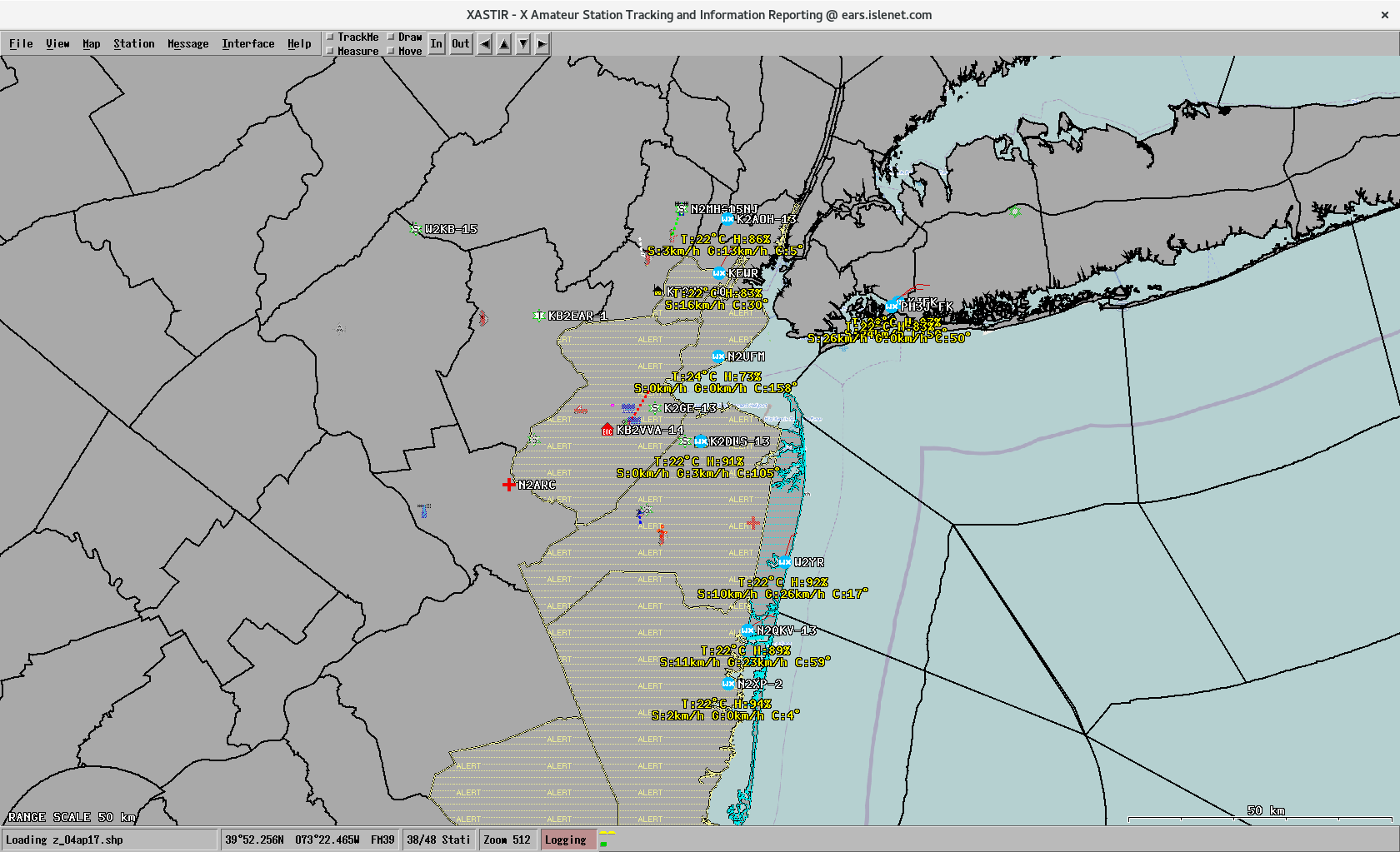The K2DLS DV4mini image for the Raspberry Pi 2 and 3 (only!) has been updated to include the October 12 release of the DV4mini Control Panel. This includes XRF through letter Z and REF up to 100 for the D-Star users. The image will fit nicely on an 8 GB SD Card.
Month: November 2017
Become an APRS Weather Alert Station
Most of us are familiar with the SAME codes used by NOAA Weather Radio All Hazards transmissions. They allow the radio to be unmuted for Warning/Watch/Advisory (W/W/A) announcements for a county or zone. I thought it would be a good idea to add W/W/A functionality to my existing APRS station. I have been transmitting and iGating local weather readings via APRS for a number of years as part of the Civilian Weather Observer Program (CWOP).
My APRS station uses aprx software. aprx runs under Linux, so I run mine on a Raspberry Pi Model B with Raspbian. aprx supports the ability to run an external program as a beacon. I wrote my program (noaacap.py) to be run by the aprx beacon exec function.
noaacap uses the NOAA CAP (Common Alerting) protocol and the Atom feeds published by the National Weather Service. Installation is quick and simple if you have a running aprx system.
This is what my alerts look like after being iGated to APRS-IS. They also go out over RF to the region. I can even map the alerts on an APRS GUI such as Xastir.

If you’d like to become an APRS weather alert station for your county, consider running aprx and noaacap. You’ll need a 2 meter transceiver, a TNC (hardware or virtual), and an antenna to tranmsit the data feed via RF. Help keep fixed and mobile stations, especially those using radios with APRS display screens, well informed and situationally aware. You don’t have to run a high profile digipeater. If your APRS signal is receivable by a local digipeater, you could even use an HT, a sound card interface, and an RPi to assemble a low cost station and provide this valuable local service via amateur radio.
More information about noaacap can be found on my github page.